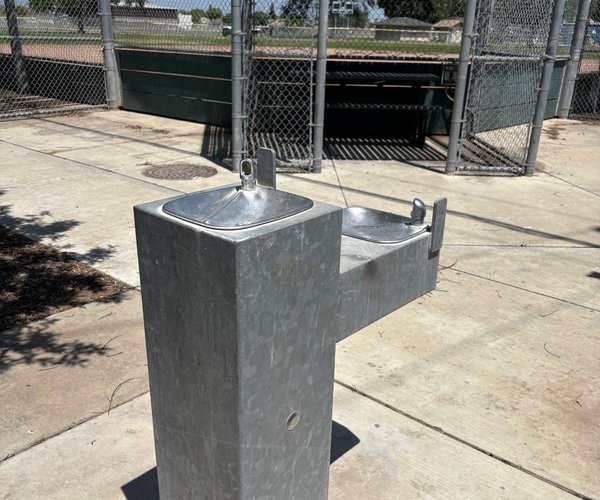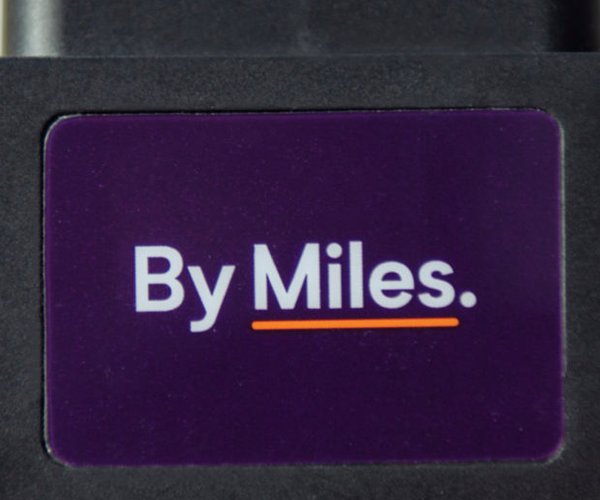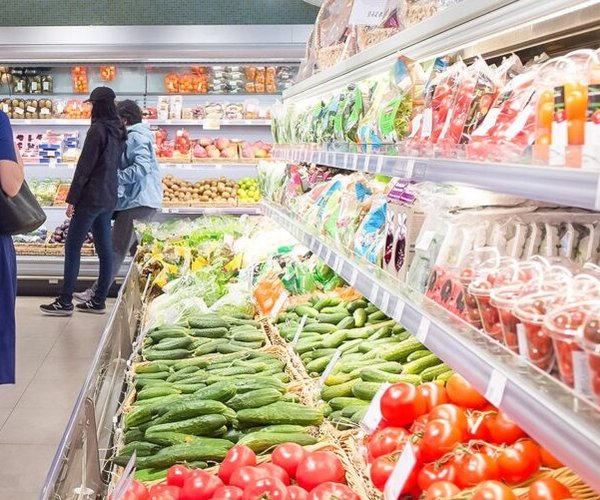Two seemingly unrelated events occurred in 2003 in Northern California.
Martin Eberhard and Marc Tarpenning formed a company in San Carlos with the goal of producing an electric sports car.
One of their first backers was the co-founder of PayPal, Elon Musk, who pumped $30 million into the venture. He became Tesla’s company chair in 2004.
Also in 2003, the first home was sold in what was then the middle of nowhere in western San Joaquin County near the foot of the Altamont Pass.
It was heralded as a San Joaquin County Board of Supervisors-inspired effort to build a planned community that offered the migration of Bay Area commuters affordable housing without the wholesale desecration of farmland.
Fast forward to now.
Tesla is the world’s largest producer of battery powered electric vehicles.
Mountain House is now the county’s eighth largest city with right around 30,000 residents.
Tesla’s least expensive offering is the Model 3 sedan that starts at $38,890.
Before the pandemic hit with its massive disruption of supply chains that forced old school automobile manufacturers to switch to more expensive vehicles in order to earn enough profits to survive COVID’s economic hit, Musk vowed his next big thing would be a $25,000 electric vehicle.
The goal was to make it affordable to put the masses behind the wheels of an EV.
As for Mountain House, it is anything but affordable.
New homes rarely sell for less than $900,000 while the resale market for houses that would go for $800,000 or so in Manteca sell for upwards of $1.3 million in Mountain House.
And that is with an effective property tax rate in Mountain House that is at 2 percent, almost double what it is in Manteca.
Drive around Mountain House and it is clear Tesla is the preferred vehicle.
And we’re not talking low end Teslas.
It might not be a stretch to say at least one in every two houses has a Tesla parked in the driveway.
Mountain House is populated heavily by techies, engineers, and medical professionals.
Meanwhile, a large chunk of the 15,000 plus that assemble Teslas in Fremont board company buses in Manteca and Salida every day to go to work.
It is unlikely those that work on the floor in a Tesla factory for Musk can afford to buy what rolls off the assembly line in Fremont despite decent wages.
Compare that to Henry Ford being able to meet a similar promise in the 1920s when his factories turned out $800 Model T cars like there was no tomorrow.
The basic Tesla and the basic Model T were indeed basic versions of their respective power houses — electric batteries and internal combustion — in the era they were produced.
But life was much less complicated back when Henry Ford was the Elon Musk of the day whether it was regulatory red tape running a business or dealing with the environment.
That doesn’t mean it was better.
It just means it was a way different world back then.
And for added measure, it should be noted Tesla’s largest megapack battery storage factory is in Lathrop employs 1,500 people. Almost all are from the immediate area.
Why any of this matters is four-fold.
There are a lot of blue collar workers in Manteca, Lathrop and nearby are employed by Tesla between automobile manufacturing and assembling battery megapacks.
President-elect Donald Trump has vowed to kill the $7,000 federal EV tax credit.
Sacramento has a looming mandate that within 11 years all new cars sold in California must be zero emission.
Trump also has made it clear he’d like to pull the plug on proposed offshore wind farms including those along the California coast.
At first it might seem like Musk is a madman as well as the other techie billionaires that having what some are calling a bromance with Trump that makes members of the Rat Pack of 1960s fame seem like enemies in comparison.
Keep in mind there were 1,178,468 electric vehicles registered in California as of the end of 2023. That’s one third of all EVs on the road in the United States.
There were 230,589 Tesla vehicles sold in California in 2023. That’s almost the same as the 246,928 vehicles that were almost all gas powered that Ford and Chevrolet sold combined in the state.
Overall, Tesla sold 1 in every 8 new vehicles in California last year.
That said, in terms of cars just roughly 4 percent of the vehicles registered in California are electric.
The loss of the federal tax credit that makes buying an EV less affordable to those not as well-heeled would clearly be a bump in the road for EV manufacturers.
But it wouldn’t kill off the market.
That’s because evolving technology, as opposed to sales being forced by government edict, are the best way to eventually reduce prices in terms of where the dollar is if everything where to remain constant.
Wall Street analysts note the hit on Tesla from the loss of the federal tax credit would be significant in the short term but not as devastating as it would on other start up auto companies such as Rivian and Lucid.
Analysts also believe the loss of the federal tax credit has the ability to possibly crush Ford’s EV plans while General Motors would take a huge but lesser hit to its bottom line.
And then there is the issue of China that seems to have perfected the sub-$25,000 electric vehicle to the point it will be extremely hard to compete with them.
Remember the supply chain issues that reset the manufacturing world?
It is why Musk has basically thrown in the towel when it comes to manufacturing $25,000 EV cars for sale or lease.
That said, the financial dynamics of a $25,000 robotaxi that Tesla keeps ownership of and operates are much more promising.
Trump’s talks of tariffs would effectively close the door to inexpensive China EVs.
China firms could be allowed to build plants here by Trump, but the labor costs would likely more than negate their price advantage.
In that aspect, the American auto manufacturer and their workforce that would be protected the most and benefit the most from tariffs on China is Tesla.
Dropping the federal tax credit would cripple Tesla’s domestic EV competition much more in the short-term putting Musk in a better position.
That means the chances increase significantly that by the time 2035 rolls around the dominant nameplate in places like Manteca, Tracy, and Lathrop where there isn’t now as high a concentration of households with annual incomes pass the $120,000 mark will be Tesla.
Not a bad outcome for a firm that in recent years started seeing the competition chip away at its EV market share.
As for the megapack battery storage plant, the less renewable energy projects such as off-shore wind farms that are built over the next four years or so either by Trump nixing permits in federally controlled areas means more demand for what Musk produces in Lathrop.
That’s because the state mandate for renewables to stay on track under such a scenario would require every possible kilowatt online plants can generate by wind, solar, and geothermal to be produced and stored on a scale to deal with not enough new green energy sources being developed.
Musk didn’t get to where he is at without thinking one step ahead.
Neither did Jeff Bezos et al.
This column is the opinion of editor, Dennis Wyatt, and does not necessarily represent the opinions of The Bulletin or 209 Multimedia. He can be reached at dwyatt@mantecabulletin.com






